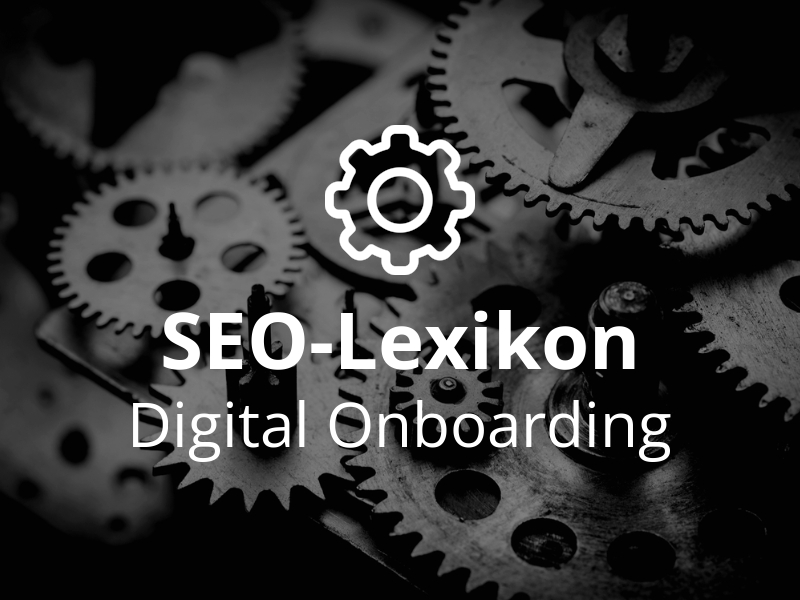What is digital onboarding?
Digital onboarding extends the traditional induction process through the use of digital technologies and tools. The focus is on supporting new employees from the pre-boarding phase through to full integration into the company.
Digital onboarding uses software solutions to communicate tasks and work culture and establish a connection to the teams and internal processes. Automation and digitalization ensure a smooth transition to the new role, which promotes a sense of belonging.
Digital tools allow learning materials and organizational information to be stored centrally and updated as required, overcoming barriers such as physical distance and time differences. This makes the entire Onboarding process not only more efficient, but also more flexible and more personal. In addition to the efficient introduction to specific tasks Digital onboarding It also promotes understanding of the corporate culture and enables continuous interaction with colleagues.
Differences to classic onboarding
Compared to the classic onboarding punktet das digitale Pendant mit einer deutlich gesteigerten Effizienz und Kosteneinsparungen. Durch den Einsatz moderner Softwarelösungen werden Prozesse automatisiert und der Ressourcenverbrauch minimiert. Ein wesentlicher Unterschied liegt in der Nutzung digitaler Plattformen, die es ermöglichen, Schulungsmaterialien sowie Dokumente ohne Papierkram zentral zu verwalten.
Another advantage is the flexibility that Digital onboarding offers. Employees can access training content from anywhere and at any time, which is particularly important in companies with international or remote workplaces.
It also facilitates Digital onboarding social interaction with colleagues through virtual communication platforms. This creates a new dimension of networking, which in traditional onboarding could often only begin with physical contact. This promotes a smooth transition and helps people to settle into the team.
Last but not least, digitization also makes it easier to comply with legal regulations, as documentation can often be automatically updated and tracked. All in all Digital onboarding versatile options for setting a new standard in the provision of information and thus sustainably improving the onboarding process.
Advantages of digital onboarding
Digital onboarding offers a wide range of benefits that can be attributed to the use of efficient technological solutions. One of the most outstanding Advantages is the increased flexibility. Employees have access to training materials that are available at any time and from anywhere. These materials can be managed centrally and easily updated as required, which makes it much easier to integrate new employees.
Another significant advantage is the reduction in staff turnover. Transparent and personalized induction processes make new employees feel part of the team more quickly, which strengthens their loyalty to the company. Automated processes also relieve the burden on HR managers and executives, as recurring tasks can be handled more efficiently.
In addition, legal compliance is made easier as all required documents can be securely stored digitally. Digitization enables consistent provision of information, resulting in a uniform learning experience. Overall, these benefits increase efficiency and satisfaction during the induction of new employees and set new standards in the corporate environment.
Design of a digital onboarding plan
An effective digital onboarding plan begins with the development of comprehensive modules that not only shed light on the company's history and culture, but also provide specific processes and training content. Using digital platforms to encourage interaction allows new employees to connect with the team from the outset. This is particularly important to avoid the feeling of isolation that can occur in digital environments.
A central component of a successful plan is access to a well-structured document repository. This ensures that consistent information is available at all times and can be updated as required. In addition, the onboarding plan should promote compliance with the so-called 4Cs: Compliance (compliance with rules and regulations), Clarification (Clarification of roles and responsibilities), Culture (corporate culture) and Connection (social networking).
Tailor-made checklists and communication strategies can help to maintain an overview and adapt the process to the individual needs of different departments or roles. A continuous feedback loop also makes it possible to constantly improve the onboarding experience in order to be able to react flexibly to changing requirements and technologies.
Key aspects of the digital onboarding process
The digital onboarding process relies on an intelligent combination of digital and analog measures to achieve maximum effectiveness and efficiency. One key aspect is communicating the corporate culture, which is conveyed digitally through targeted content and interactive platforms. Mentoring programs play a central role in this, as they enable a personal connection and individual support for new employees.
Digital tools are crucial for structuring onboarding processes. They offer not only templates and automated communication mechanisms, but also options for monitoring progress. These functions are particularly useful for ensuring that integration into the company is successful and that any hurdles can be identified and overcome promptly.
Another key element is flexibility in dealing with onboarding materials, which should be accessible globally and at all times. This flexibility is made possible by digitized document storage. This allows new employees to learn at their own pace and easily find the information they need when required. Overall, the digital onboarding process focuses on personalizing the onboarding experience and making the integration of new employees smooth.
« Back to Glossary Index

